Dhaka, July 14 (V7N) – A bizarre health trend is sweeping across TikTok and other social media platforms — mouth taping during sleep. Dubbed as a “life-changing” beauty and wellness hack by influencers and some celebrities, many claim it enhances sleep quality, reshapes the face and jawline, reduces anxiety, and even cures snoring.
But behind the viral videos and glowing testimonials, health experts are urging serious caution.
What Is Mouth Taping?
Mouth taping involves placing a piece of medical tape over the mouth during sleep to force nasal breathing. Proponents argue that nose breathing offers health benefits like better oxygen absorption, reduced snoring, and improved mental calmness.
What Influencers Say
One social media user described it as “the best beauty tip of my life,” while another said it “completely changed my sleep.” Users report waking up feeling more rested, less anxious, and even more attractive due to supposed jawline enhancement.
However, doctors warn that these claims are not backed by science — and in some cases, they can be downright dangerous.
Medical Experts Raise Red Flags
Dr. Brian Rotenberg, a sleep and airway expert, told CNN that there is no evidence that taping your mouth can reshape your face or improve nasal structure.
“In fact, for people with undiagnosed sleep apnea, this practice can be extremely risky,” he said. “It may even cause respiratory arrest.”
Sleep apnea — a disorder affecting more than 30 million Americans, with over 23 million undiagnosed — causes frequent pauses in breathing during sleep. Blocking the mouth in such cases can increase the risk of heart attack, stroke, diabetes, and even sudden death.
Why Nasal Breathing Is Actually Good
While the idea of encouraging nose breathing has medical merit, doctors emphasize that it should be done safely. Nasal breathing:
-
Filters dust and germs
-
Humidifies and warms air before it reaches the lungs
-
Produces nitric oxide, which helps regulate blood pressure and improves oxygen transport
Mouth breathing, in contrast, can dry out the airway and worsen health problems.
Proper Technique (If You Must Try It)
If someone still wants to try mouth taping, Stanford speech-language pathologist Anne Kearney stresses it should be done cautiously and correctly:
-
Use thin, medical-grade tape — no more than 2 inches wide
-
Avoid completely sealing the mouth; some methods use vertical strips or tapes with breathing holes
-
Make sure your nasal passages are clear
-
Do NOT attempt this if you snore, have sinus issues, or suspect sleep apnea
-
Focus on tongue posture: The tongue should rest against the upper palate to promote airway openness
“Just using tape isn’t enough. You must learn how to breathe properly with your mouth closed,” says Kearney.
Bottom Line
Mouth taping may look trendy, but experts caution that it’s not a one-size-fits-all sleep solution. For those with underlying health issues or even mild nasal congestion, this practice can lead to serious consequences.
Before trying it, consult a doctor — especially if you snore, have breathing problems, or suspect sleep disorders.
Sometimes, the most viral trend may be the most risky one.



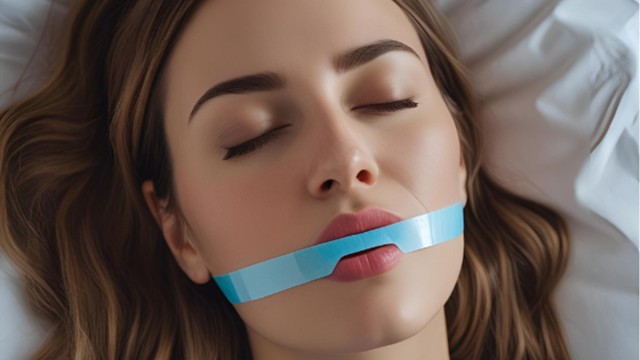

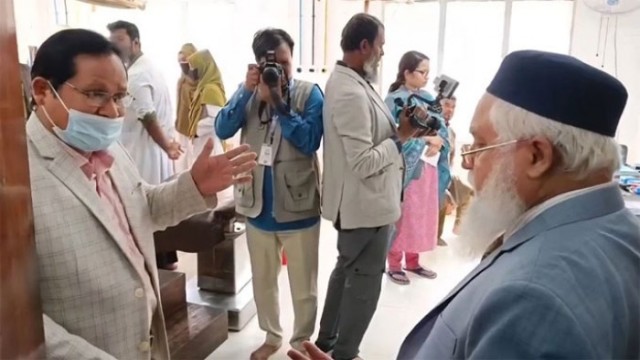

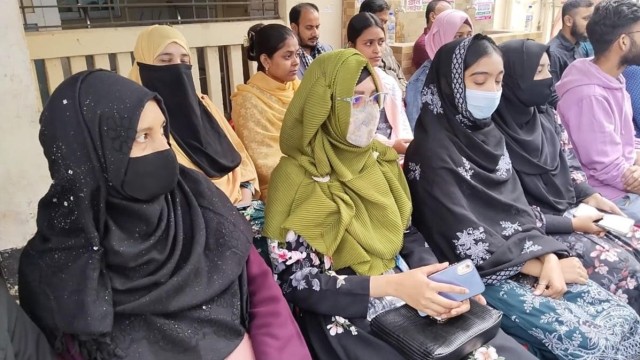

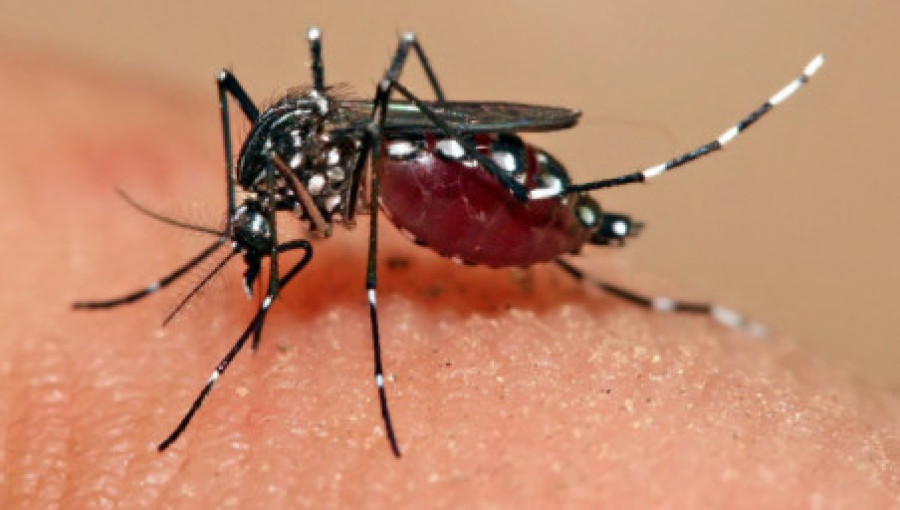












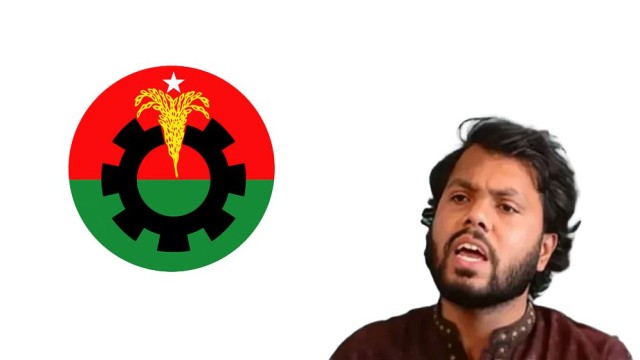







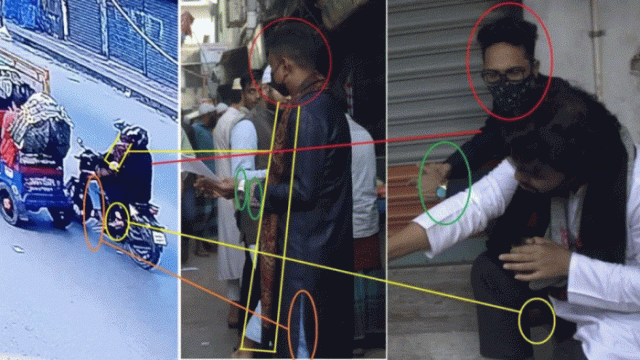
Comment: